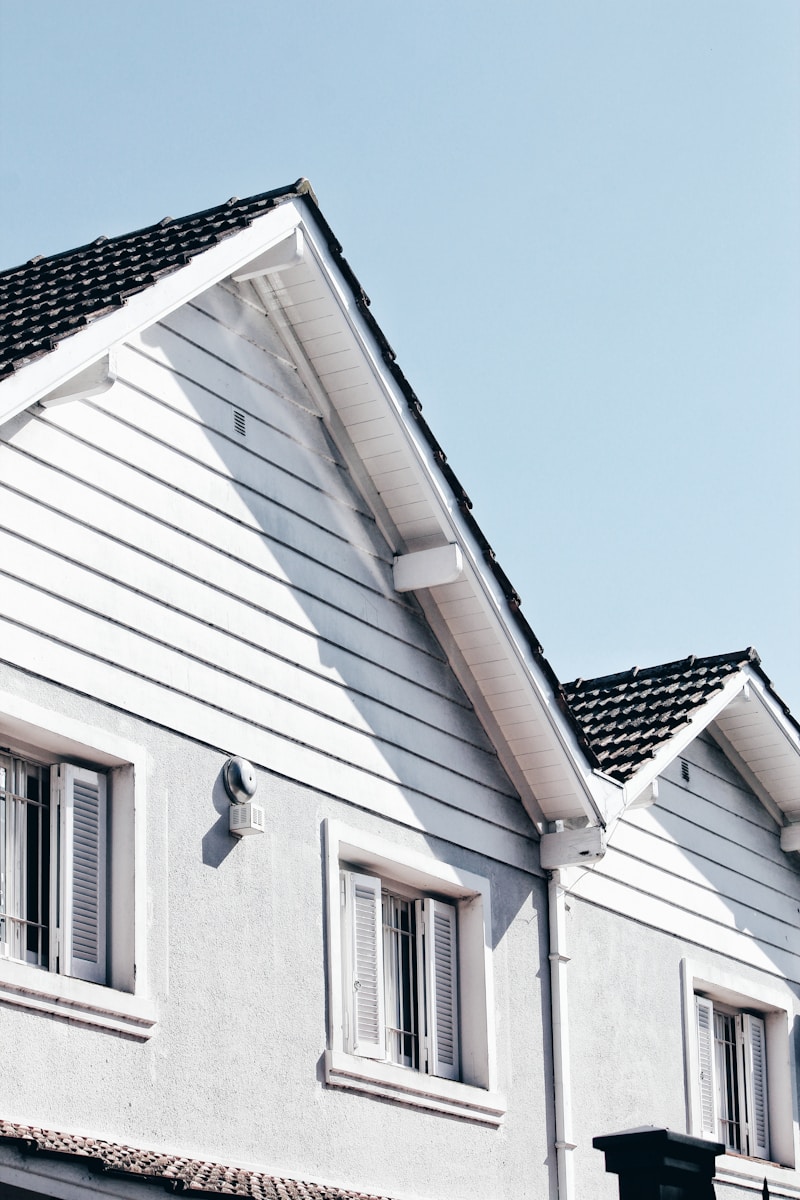
How Your Roof Impacts Home Insurance Costs
When it comes to home insurance, the condition and type of your roof may be a key factor in determining premiums. The roof is a critical component of a house, potentially protecting it from weather elements, maintaining structural integrity and ensuring the safety of the occupants. Therefore, insurance companies typically pay keen attention to the roof when quoting insurance rates.
What Do Insurance Companies Consider About Your Roof? 
When assessing your home’s risk levels and determining rates for coverage, insurance companies may consider several factors involving your roof, including the following:
- Age—The age of your roof often plays a significant role in determining your insurance rates. Older roofs are typically more likely to have damage or wear and tear, potentially making them more susceptible to leaks and other issues. Consequently, homes with older roofs often have higher insurance premiums due to the increased risk of claims.
- Materials—Some materials are more durable and resistant to damage than others. For example, metal roofs are typically more resistant to fire and wind damage than asphalt shingles, potentially leading to lower insurance rates. Similarly, wood shingles are generally more susceptible to fire damage and may result in higher premiums.
- Current condition—The condition of your roof is often another crucial factor when determining insurance premiums. A roof in poor condition is more likely to suffer damage, leading to potential claims. Regular inspections and maintenance can help keep your roof in good condition and may lead to lower insurance rates.
- Location—Your geographic location can also impact how much your roof affects your insurance rates. Homes in areas prone to severe weather conditions, such as hurricanes, hailstorms or heavy snowfall, may have higher insurance rates. These conditions can cause significant damage to roofs, increasing the likelihood of insurance claims.
- Shape—The physical shape of your roof can also affect your homeowners insurance rates. Roofs are designed in various shapes, including gable, hip and flat. Hip roofs, for example, are often more resistant to wind damage due to their aerodynamic shape, potentially leading to lower insurance rates.
- Additional features—Various enhancements or upgrades can help reduce insurance premiums. These may include features designed to make your roof more resistant to damage, such as impact-resistant shingles, secondary water resistance barriers or hurricane straps. Insurance companies may offer discounts for homes with these features as they reduce the likelihood of damage and subsequent claims.
We’re Here to Help
At Builtwell Insurance Agency Inc., we have over a century’s worth of combined experience serving the coverage needs of homeowners, families and businesses. Contact us today to learn more about homeowners insurance or to compare personalized quotes from highly rated carriers.
This blog is intended for informational and educational use only. It is not exhaustive and should not be construed as legal advice. Please contact your insurance professional for further information.
Categories: Blog
